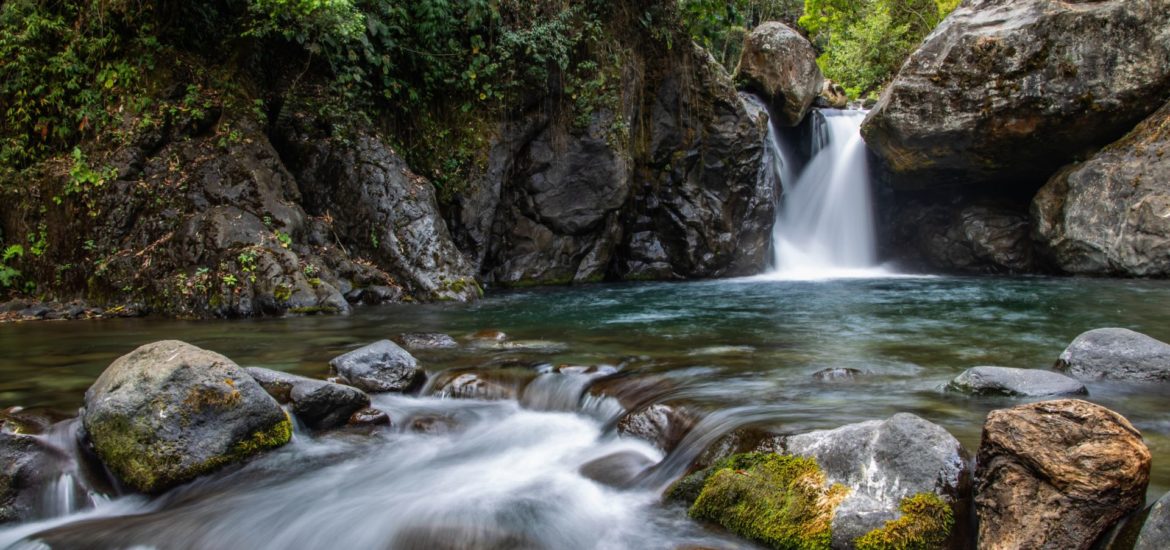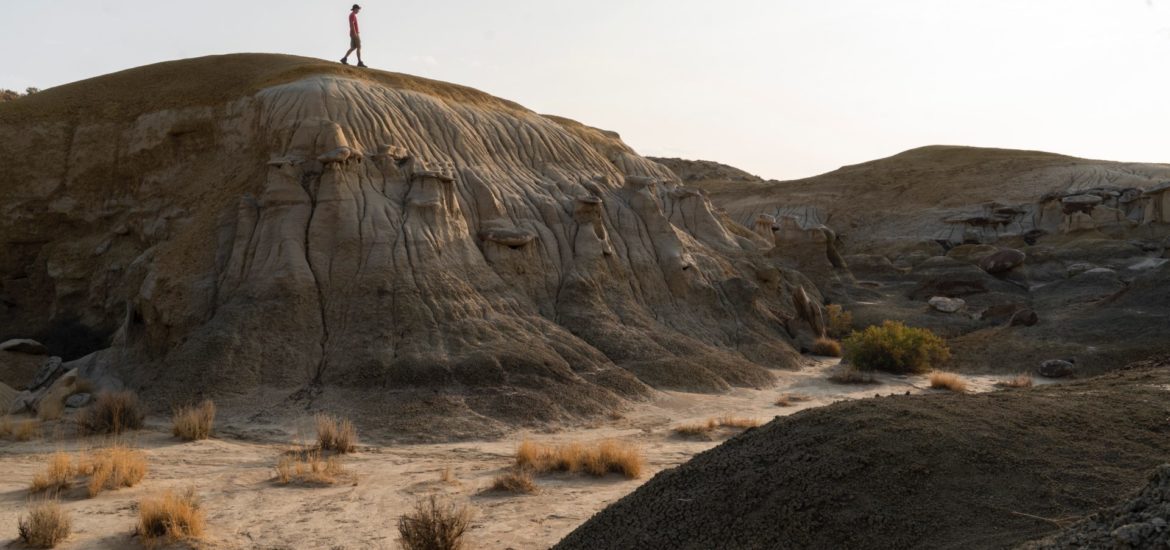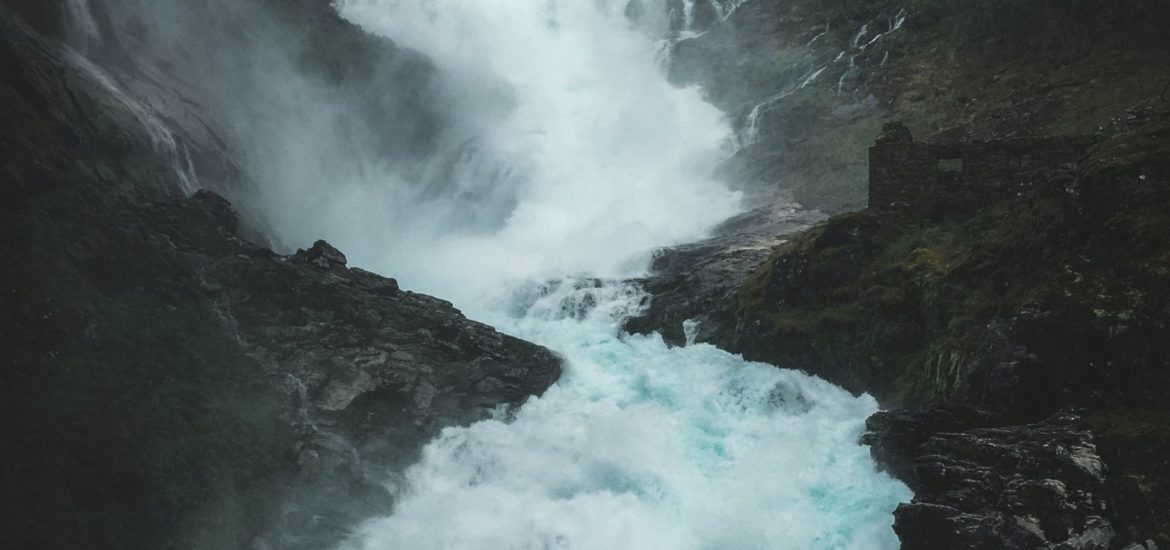The sound of running water, frogs chirping in the night, and dipping off after a long hot day in the sun are reasons good enough for many to go camping next to a river. It’s an enticing place to set up the tent and relax for an entire day. With a river right next to you, there’s endless drinking water, the potential for great fishing, and a beautiful backdrop of sound.
Camping next to a river also brings along one of the most easily forgotten camping hazards: the river itself.
Rivers are peaceful, magnificent aspects of Mother Nature, but they can quickly become torrential storms of strength with the right (or wrong) conditions!
Next to a river is one of the last places that you want to be at the wrong time of day. It is unforgiving, and water stops for no one.
Here are some hidden camping hazards that can become glaringly obvious after spending a night next to the river. Hopefully, you won’t have to find out for yourself. Be careful, stay safe, and show the river the respect it may deserve.

1. Changing River Levels with Rain
When rain starts coming down, all of the water in a huge surrounding vicinity eventually makes its way towards the river you are sleeping by. This can result in a dramatic change in the level of the river.
Because of this, flood plains are often found right next to rivers. When you are setting up camp, check out different water level indicators such as vegetation changes, or large amounts of brush that were carried upwards by the current and stuck in a bush.
It’s possible that your entire campsite can get washed out if you aren’t careful when setting up. Flood plains have soil that holds water well, meaning it will eventually turn into a giant puddle where you’ve decided to lay your head for the night.
This is a hazard for many reasons, including having to deal with a swimming pool at one in the morning.

2. Potential for Flash Floods
The biggest risk that you will run by camping near a river is the high potential for flash floods.
Flash floods take people by surprise, hence their name, and don’t often have happy endings for those involved.
Hazards of Dried Riverbeds
A riverbed that seems to be completely dried up and desolate can turn into a Class IV moving rapid in the blink of an eye when a flash flood comes.
The dry soil of the desert doesn’t hold onto water very well. It’s highly porous, meaning water flows through it rather than getting soaked up like in your houseplants. All the water quickly flows to the river and builds up, then comes racing downstream towards anything and anyone in its way.
Distant Storms Can Cause Flash Floods
Heavy rains and thunderstorms that happen are the biggest cause of flash floods. The biggest problem with this is that the heavy rains that cause these floods often are happening miles away, out of sight, upstream.
Pay close attention for any dry river beds, and simply stay away.
Pro-tip: Check out How to Survive Camping in a Thunderstorm for more severe weather tips!

Be Cautious Hiking / Camping Along Dried Riverbeds
A dry river bed is often sandy or full of dry and cracked dirt. There are little signs of life, like plants starting to sprout, but in general there’s not a lot of green. These happen in valleys and canyons, but also out in the desert flats.
Hikers like to follow these through slot canyons and the desert because they are easy to follow and often clear of obstacles.
The river does the trail maintenance, but you don’t want to find yourself stuck out there when it comes through to clean up again.

3. Fast Moving Water in Rivers
River crossings have the potential to be another big camping hazard.
If you are on your way to your next campsite and know that you need to cross the river, there are important steps to make sure you take in order to get across safely.
Use Designated River Crossings
There are often designated spots to cross that are used by frequent trail visitors. Keep an eye out for this on the map, or ask at the local park office.
Look for spots that may be calmer than others, but be careful as the stronger currents tend to be at the bottom of a river and unrecognizable from the top.

Be Extra Cautious Around Rapids
Steer clear of any rapids and be careful when cleaning any dishes, clothes, or just gathering water for camp. It’s easy to slip and fall into fast moving water without ever expecting it to happen.
These kinds of accidents happen, and are easy to avoid. Bring water up and wash your dishes away from the river. It’s better Leave no Trace practices anyways.

4. Loose Earth and Undercut Ledges (Near Riverbanks)
As rivers carve their way through the earth’s surface, they carry away large amounts of soil and silt with them.
Eventually, you can be left with something resembling the Grand Canyon, assuming you have millions of years to wait around for it to happen.
Beware of Soil Erosion
This soil is taken from the edges and bottom of the stream, leaving a lot of loose riverbanks that can be another big hazard.
Undercut ledges happen when the river is pulling soil away from below the surface, but the soil is strong enough to hold on and stick out over the river.
These collapse easily under a person’s weight and can quickly end with you taking a dirty swim.
Keep Your Distance from Rivers
Being on high alert any time you approach a riverbank is the easiest solution here. Look out for any potential hazards and keep away from the edge. The river won’t often come after you if you stay away from it.
It’s recommended by LNT (Leave no Trace) principles to camp at least 200 feet from any river, or other water source.
This will definitely be far enough to avoid any kind of hazards that could arise in the night.
This article contains affiliate links, which help support this blog at no cost to you!
